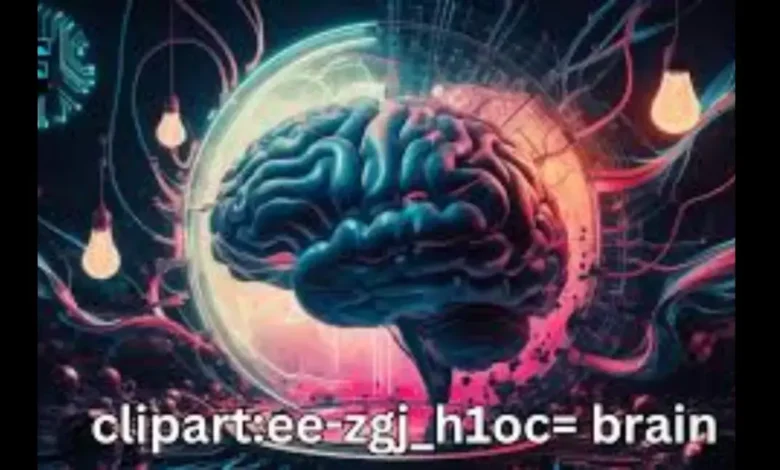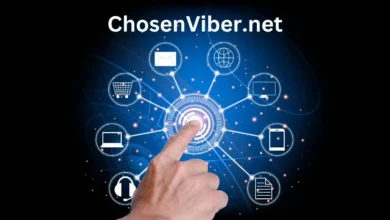The Power of Visuals: Why clipart:ee-zgj_h1oc= brain is Essential for Engaging Content

Introduction to the power of visuals in content
clipart:ee-zgj_h1oc= brain In a world overflowing with information, captivating your audience is more challenging than ever. Enter the power of visuals—the secret sauce that can transform ordinary content into something extraordinary. Our brains are wired to respond to images and graphics in ways that text alone simply cannot achieve. Whether it’s an eye-catching infographic, a vibrant photograph, or engaging clipart:ee-zgj_h1oc= brain elements, these visual aids draw people in and help them connect with your message on a deeper level.
Imagine scrolling through an article packed with dense paragraphs versus one sprinkled with compelling visuals. Which would you gravitate toward? The answer is clear! Visuals not only enhance the aesthetic appeal but also make complex ideas easier to grasp. Let’s delve into why incorporating powerful imagery into your content strategy is essential for capturing attention and driving engagement like never before.
The science behind why our brain responds better to visuals
Our brains are wired to process visuals more effectively than text. This is due to the brain’s ability to recognize and interpret images rapidly, often within milliseconds. Visual stimuli capture our attention much faster than words alone.
Research shows that approximately 90% of information transmitted to the brain is visual. When we see an image, clipart:ee-zgj_h1oc= brain it bypasses some cognitive processes needed for reading, making comprehension swifter and easier.
Moreover, visuals activate different areas of the brain associated clipart:ee-zgj_h1oc= brain with emotional responses. This engagement fosters a deeper connection with content, enhancing memory retention significantly.
Color also plays a crucial role; vibrant hues can stimulate interest and evoke emotions. By integrating visuals into your content strategy, you tap into this innate preference for imagery—making your message resonate powerfully with your audience.
Types of visuals that can be used in content
Visuals come in many forms, each serving a unique purpose. Infographics are among the most popular choices. They combine data and design to convey complex information quickly.
Images also play a significant role. clipart:ee-zgj_h1oc= brain A well-chosen photograph or illustration can evoke emotions and set the tone for your message.
Videos have surged in popularity too. They capture attention instantly and keep viewers engaged longer than static content.
Charts and graphs simplify statistical information, making it digestible at a glance. These visuals help clarify trends or comparisons effectively.
Don’t overlook icons—they communicate ideas swiftly and enhance readability without overwhelming the audience.
Presentations blend various visual elements into one cohesive narrative, clipart:ee-zgj_h1oc= brain ideal for pitching ideas or sharing insights with teams or clients.
Choosing the right type of visual depends on your goals and audience preferences.
How visual aids enhance learning and retention
Visual aids play a crucial role in how we absorb information. They transform complex ideas into digestible images, making them easier to understand.
When learners encounter visuals, their brains engage differently compared to text alone. This shift enhances focus and retention. Charts, graphs, and infographics can condense vast amounts of data into clear snapshots.
Additionally, colors and shapes stimulate brain activity. Bright visuals attract attention and elicit emotional responses that help anchor the information in our memory.
Research shows that people remember 80% of what they see versus only 20% of what they read. This stark contrast highlights the importance of integrating visual elements into educational materials.
Using relevant visuals not only enriches content but also creates a more interactive learning environment. Engaging with images encourages exploration and curiosity, leading to deeper understanding over time.
Tips for choosing the right visuals for your content
Choosing the right visuals can make or break your content. clipart:ee-zgj_h1oc= brain Start by aligning images with your message. Each visual should enhance understanding, not distract.
Consider your audience’s preferences. Different demographics respond to various styles, colors, and types of imagery. Research what resonates best with them.
Quality matters significantly. Use high-resolution images that look professional and polished. Avoid pixelated or poorly cropped visuals; they can undermine credibility.
Diversity in visuals is key too. Mix photographs, infographics, and illustrations to maintain interest throughout your piece. This variety keeps readers engaged longer.
Keep accessibility in mind. Ensure that all visuals have appropriate alt text for those using screen readers—this broadens reach while being inclusive of all users’ needs.
Case studies on successful use of visuals in content marketing
One standout case is Airbnb. Their use of visuals on social media transformed their brand presence. Stunning images of unique accommodations prompted user engagement and shares. Each post told a story, captivating potential travelers.
Another example is HubSpot’s informative blog posts. They frequently incorporate infographics that simplify complex data. This approach not only enhances clipart:ee-zgj_h1oc= brain reader understanding but also boosts shareability across platforms.
Coca-Cola has mastered the art of visual storytelling in advertising campaigns. Their vibrant imagery evokes emotions connected to happiness and togetherness, reinforcing brand loyalty among consumers.
Canva showcases its design tools through eye-catching templates and tutorials. Users are driven to explore more when they see colorful designs demonstrating what’s possible with the platform—creating a cycle of inspiration and usage.
Conclusion and call to action for incorporating more visuals in content creation
Visuals are not just an enhancement; they are a necessity in today’s content landscape. The way our brains process images means that incorporating the right visuals can significantly elevate engagement and comprehension levels. It’s evident how powerful imagery, infographics, videos, and even well-placed clipart can be for storytelling.
Now is the time to assess your current content strategy. Are you making full use of visual elements? If not, consider integrating more graphics into your posts, articles, or presentations. Experiment with different types of visuals that resonate with your audience to see what works best.
Remember: effective communication relies heavily on clarity and connection. Embrace the potential of high-impact visuals like those referenced by clipart:ee-zgj_h1oc= brain to create compelling narratives that captivate and inform your audience.
Start today—revamp your content approach by prioritizing visual elements! Engaging imagery could be just what you need to drive interaction and retention among your readers or viewers. Let’s harness the power of visuals together!





